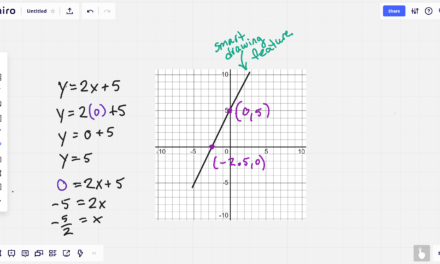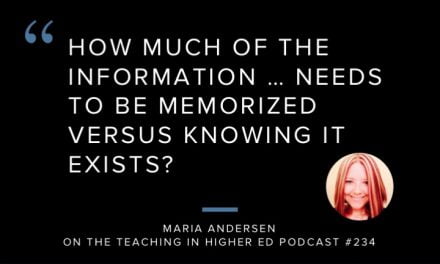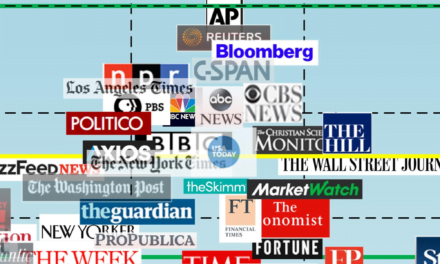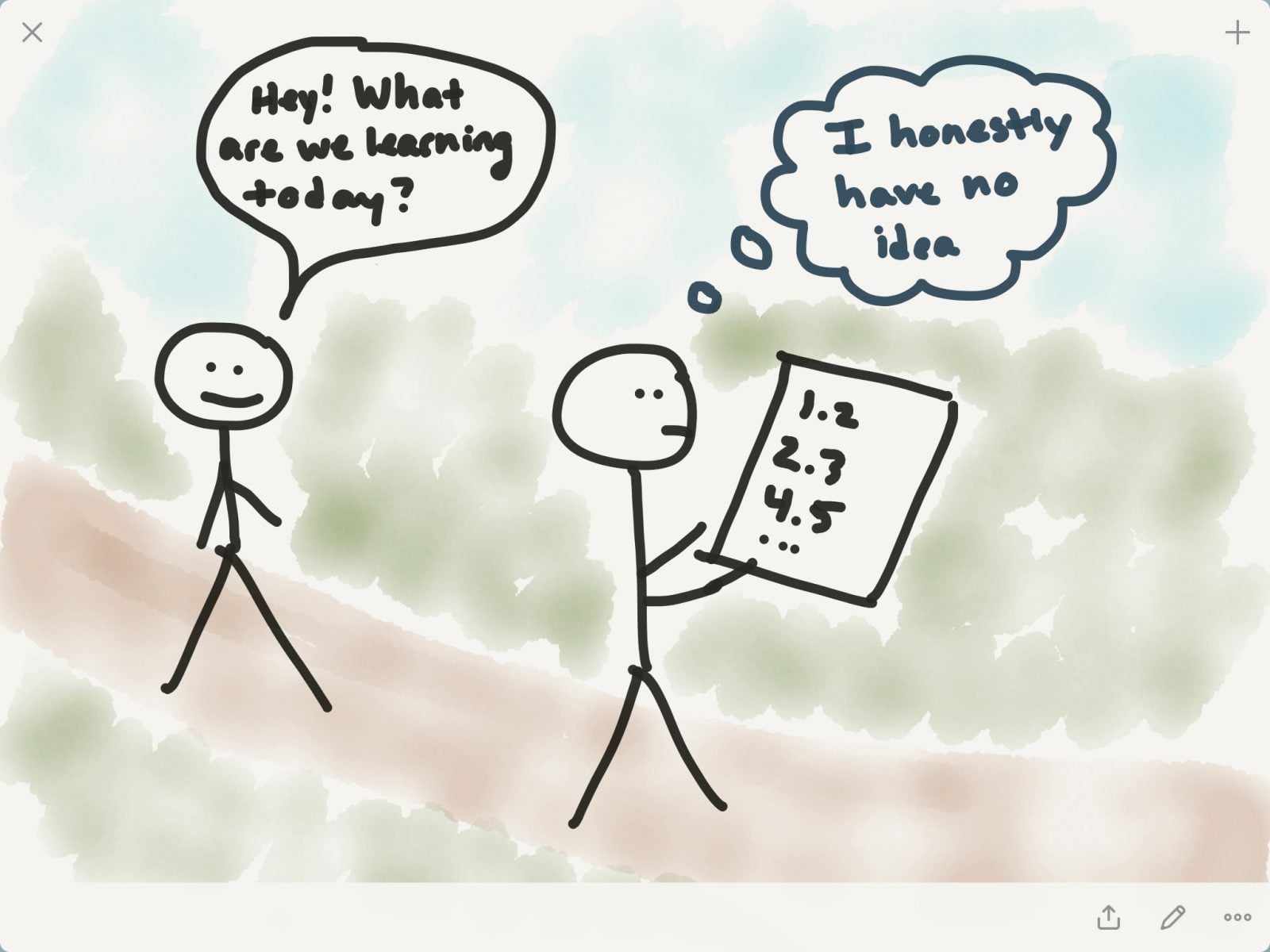For some inspiration to try a more active approach to learning, I thought I would share a short video from Dr. Carl Wieman, who is a Nobel Laureate, a physicist, and more recently a researcher in learning science. Wieman has designed and run some very elegant experiments to demonstrate the effects of active learning techniques. Consider this one:
What happens if you run two classes for a week with the same learning objectives, the same time in class, and the same assessment. Prior to the experiment, you take care to ensure that the student makeup and performance is very similar up to this point. One class continues on, lecture-style, with a veteran instructor with lots of experience. The other class is assigned a freshly-minted PhD trained to lead the students in learning via deliberate practice (an active learning strategy). The courses meet under these conditions for the exact same time.
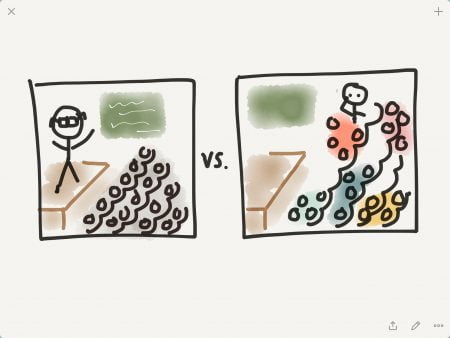
The technique of deliberate practice takes the form of a series of challenging questions and tasks. This forces students to spend their class time thinking scientifically, discussing concepts, critiquing each other’s predictions, and engaging in problem solving.
To see how this (and a few other elegant experiments) turn out, take the 15 minutes to watch the video: Finding New Ways to Learn Science.
It is also well worth the time to read the very well-designed study, Improved learning in a large-enrollment physics class, mentioned in the video.
Challenge: Consider the deliberate practice model described above. Where can you tackle a learning objective through a series of challenging questions and tasks instead of with lecture? Give yourself that extra nudge to try just a little more activity (or to build in just a little more activity).
Reference:
Deslauriers, L., Schelew, E., & Wieman, C. (2011). Improved learning in a large-enrollment physics class. Science, 332(6031), 862-864.
Reminder: You can sign up to receive the Weekly Teaching Challenge in your email or share it with a friend.


